
The year 2007 was an excellent year for cinema with many modern classics treating film fans to a buffet of uncompromising filmmaking. One of these masterpieces is Sean Penn’s passion project and love letter to adventurer Christopher “Alexander Supertramp” McCandless.
Adapted from the non-fiction book (of the same name) by Jon Krakauer, that, in turn, is based on the life and travels of McCandless. The story follows him as he leaves behind his family and travels across America and spends time in the Alaskan wilderness in the early 90s. Throughout his two year journey, he meets a whole host of characters while we’re given snippets of his home life before and after he sets out.
Anchored by Emile Hirsch’s powerful performance, “Into the Wild” is a thought-provoking film about an idealistic young man which is both inspiring and cautionary. Masterfully balancing biography, survival, drama and adventure, it’s a film that means different things to different people. For that reason alone, it deserves to be seen, discussed and argued over.
1. The Cast
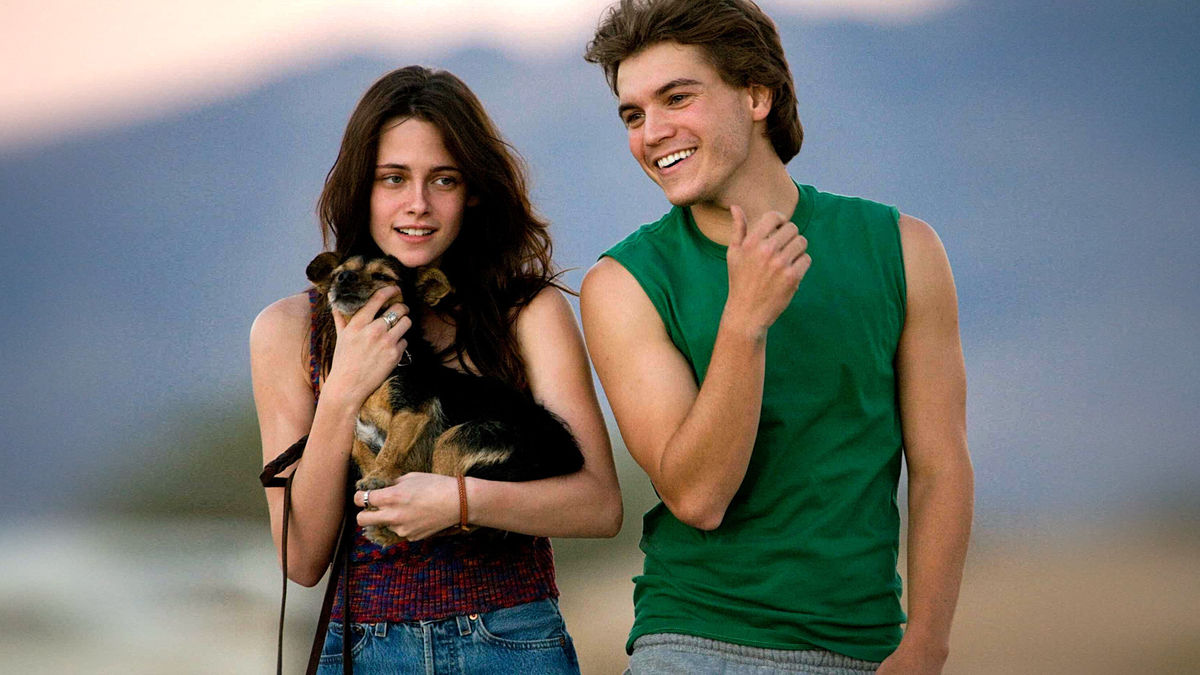
When great actors direct films, there’s one thing you can be sure they’ll nail, and that’s the performances. Emile Hirsch’s breakthrough performance is a joy to behold. The film belongs to him and he carries the whole thing on his shoulders.
Hirsch’s performance balances Chris’s proud, intelligent and stubborn ways with a charm and naivety we can’t help but warm to. Hirsch brings these complexities to screen with a certain grace as we watch Chris’s road to becoming a man. A performance of emotional intensity and outdoor physicality, palpable in the way he touches people along the way and the audience as well.
When Catherine Keener’s character asks him “do your parents know where you are?” he avoids the question best as he can, but his face tells it all. Hirsch’s acting brings this duality to screen with his open book personality and more mysterious side.
Marcia Gay Harden and William Hurt take on the challenge of playing his parents. They are shown in a negative light but once their son disappears and they become nothing more than grieving parents so does any judgment we might have of them. Harden and Hurt make the transition between the two stages perfectly, sometimes revealing all we need to know with the slightest of expressions.
Backed by a strong supporting cast that includes the aforementioned Keener in a rare likable role, a fun Vince Vaughn, a tender Hal Holbrook, a crazy Zach Galifianakis, a pre-Twilight Kristen Stewart and Jena Malone’s worshipping but detached narration, “Into the Wild” is filled with great performances, no matter how big or small their parts.
2. The Visuals
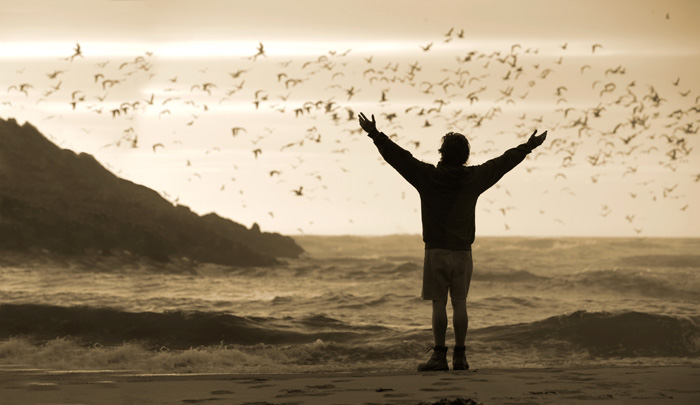
It’s been said that filming nature is not a complicated thing; all you have to do is pick the right time and be ready when the magic hour arrives. Eric Gautier’s cinematography certainly doesn’t make it look easy. He definitely captured all the right moments, the calm tranquillity and the unforgiving rapture of nature.
There are so many beautiful location shots from mountains, valleys, hills, rivers, winding roads and vast open skies. From the ice cold snow of the Alaskan winter to the hot summer desert sand near Salton City, we see all that Mother Nature has to offer.
The whole film is told from Chris’s point of view, so we see what he sees, even if it’s one-sided. When we find ourselves in the concrete jungle or in a family flashback, the camera is mostly detached with awkward framing and camera angles, signifying how Chris feels more at home in the wild than he does in modern civilization.
A particular scene sticks out, when Chris arrives in Los Angeles after a detour in Mexico. We see the worst of the city through flashing lights and distorted images, from his point of view.
3. The Music
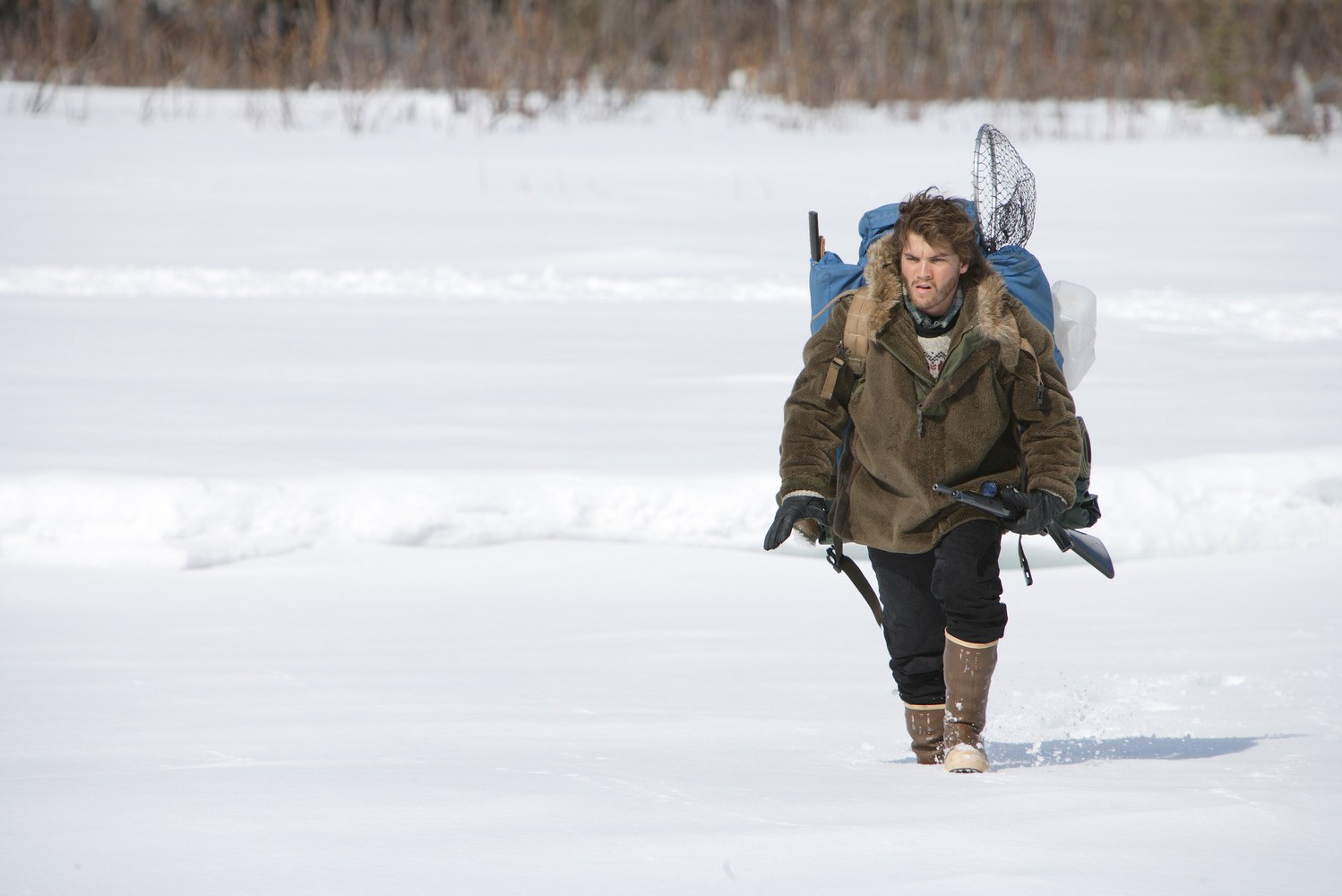
The music is split between original songs penned by Pearl Jam’s Eddie Vedder and an original score by Michael Brook and Kaki King. Folk music has long since been the soundtrack for the traveling man and radical thinkers. It only makes sense for the music to be as natural as possible, not only to complement the visuals but the themes as well.
Vedder does a superb job of stepping into Chris’s mind. He wrote songs that Chris would’ve written. They’re catchy, raw, simple and direct in their message. When Vedder’s raspy voice starts singing while Chris trudges through the wild, you can’t help but sing along.
And for those other scenes where an instrumental would better evoke emotion, Michael Brook and Kaki King step in. While Vedder got all the attention for the soundtrack, Brook and King deserve their recognition for their folksy road trip score. If Vedder’s songs speak for Chris, then the score certainly speaks for Mother Nature.
4. A Character Study of an Interesting Person
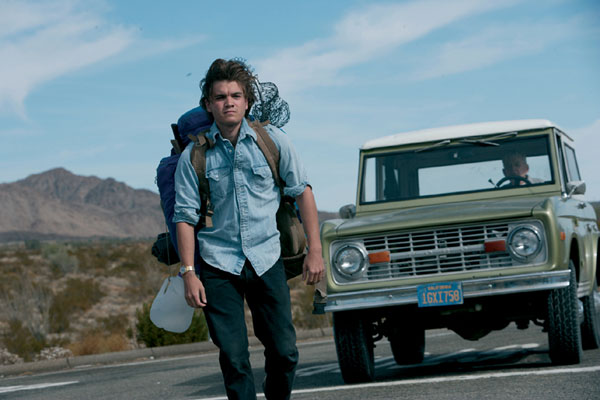
Chris became a polarizing figure with some seeing him as a mythical hero who dared to follow his notions, while others see him as a selfish figure who caused his own tragic downfall.
It’s hard to argue either side with the questionable act of leaving behind his family without telling them of his intentions or notifying them of his whereabouts. However ‘disillusioned’ his home life might’ve been, we know it’s wrong and so does he.
On initial viewing, the film may seem to be worshipping Chris and providing a one-sided view of him, but on closer inspection, we see his faults and the pain his journey caused those who loved him. It just doesn’t spell it out for us. After all, it’s his story.
Chris’s sister, Carine McCandless, notes that many people thought that Chris was merely trying to find himself, but the truth is he knew exactly who he was. “He was searching for a place in this world that he fit into, where he could be true to himself. He was searching for truth, purity, honesty. He was searching for things that he didn’t experience in his childhood.”
A Transcendentalist at heart, Chris went to Alaska without a map or ax and carried a small-caliber rifle. This and other critical mistakes led to his death with many of his detractors seeing these as foolish mistakes. In truth, Chris believed if you’re going to have an adventure and you know the outcome then it’s not an adventure. So he took the minimum of what he needed which he survived on for 100 plus days in Alaska. But in the end, it ended up costing him his life.
Whether you view him as a courageous adventurer who dared to do what many only dreams of doing, or as a selfish, ill-advised, naive hippy that doesn’t deserve the status he’s attracted, Chris’s story deserved to be told. No matter how you view his choices, Chris was definitely intelligent, graduating from Emory University with a bachelor’s degree with double majors in history and anthropology.
Penn’s film may romanticize Chris to a fault but it’s the best way to make a character study. We get to see them in their own point of view and get inside their head as best as we can assume.
5. The Narrative Structure
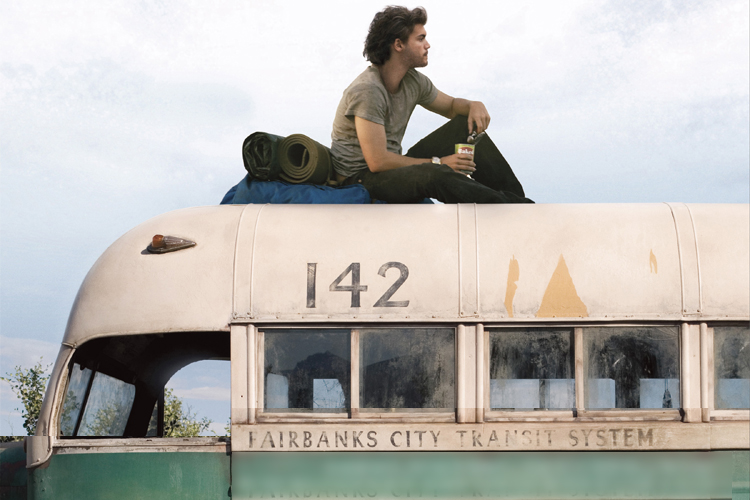
Sean Penn’s script is written in a nonlinear fashion, with multiple chapters in Chris’s life all told at once. He becomes a man on his journey starting out with birth, adolescence, adulthood and old age, and eventual death. The film opens with Chris arriving in Alaska and finding the magic bus he’d use for shelter while living off the land for 100 plus days.
From then on, it cuts back and forth from Alaska, his childhood, the beginning of his journey which eventually leads to Alaska and his worried family back home. By giving us the beginning, middle and end simultaneously, we get all possible perspectives at once.
These constructs work well as we see the present Chris and the moments in his childhood that lead to the person he eventually becomes. We see some of the negative aspects of his parents as he knew them and the grieving parents after he abandoned them. We see him preparing to cap off his journey in Alaska and him actually there, facing the good and bad it has to offer.
Also incorporated into the script is narration by Chris’s sister, in Malickian fashion. She knew Chris better than anyone and offers insight into his mind, bridging the gap between the different nonlinear aspects. Penn incorporated input from Chris’s real-life sister into the script, which makes it more fitting and authentic.